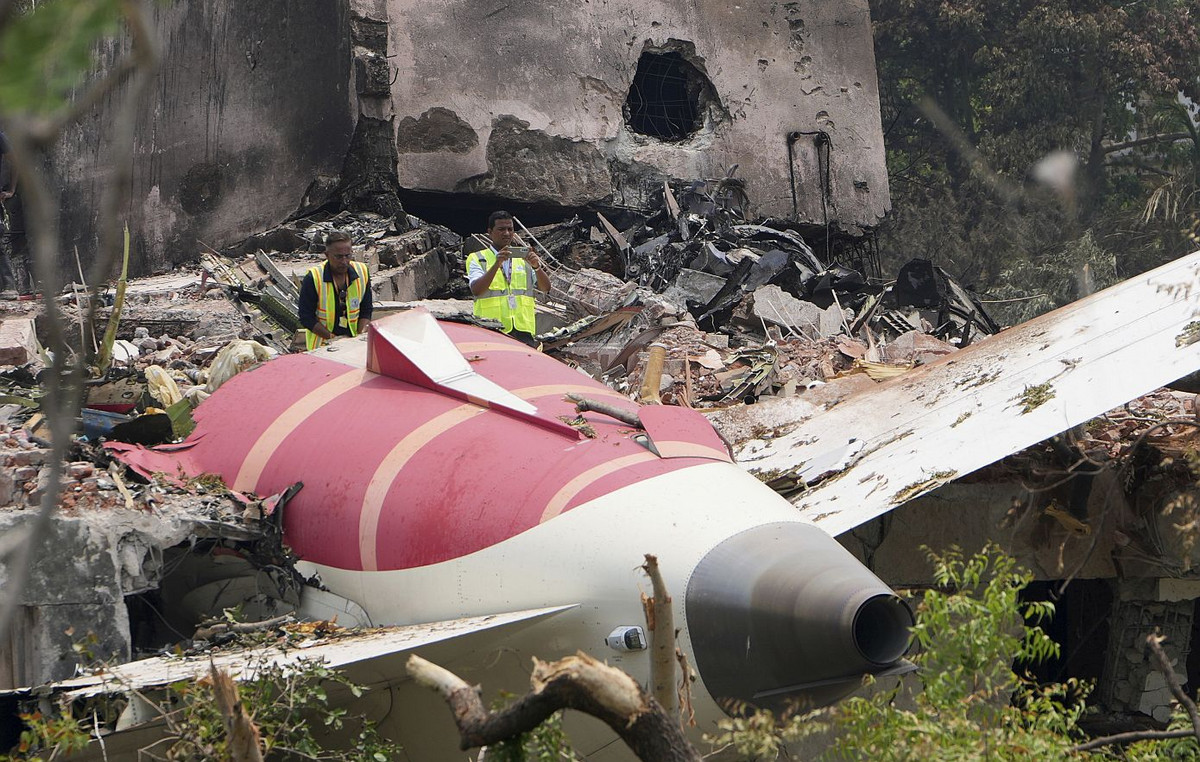A NASA, the American space agency, recorded “fireworks” in space around a protostar — celestial bodies that, in the future, end up becoming stars. The image was taken with the James Webb Space Telescope, the most up-to-date tool in relation to space.
Named L1527 and located about 460 light-years from Earth, in the constellation Taurus, the star was first disclosed in 2022. At about 100 thousand years old, the protostar is relatively young compared to our Sun, which is about 4.6 billion years old.
The nebula’s vibrant colors were only visible in infrared light, invisible to the human eye, detected by Webb’s Near-Infrared Camera (NIRCam) in 2022. Now, the Mid-Infrared Instrument (MIRI) has also detected emission from outflows — jets of gas and dust emitting in opposite directions along the protostar’s rotation axis.
The outflow of gas and dust interacts with the baby star during the consumption of material from the mother molecular cloud, which occurs during its formation. This interaction, combined with the emission of light, which is it gives the impression that we are observing “fireworks” in the image .
The colors blue, red and white are the ones that stand out the most in the photograph. According to NASA, blue is the carbonaceous molecule polycyclic aromatic hydrocarbons (PAHs). The red located right in the center of the image, is a thick, energized layer of gases and dust that surrounds the protostar. The blank region represents a mixture of PAHs, ionized neon and dense dust — this shows that the protostar is pushing away matter as it consumes material from its disk.
To achieve complete formation, the protostar destroys and pushes away much of the molecular cloud as it ages and releases energetic jets. The light show, however, has a marked end: it occurs when the young star stops accumulating mass, becoming more visible to visible-light telescopes.
According to NASA, the telescope’s analyses reveal how the formation of the new star affects the surrounding region and influences the interstellar medium. Other stars in Taurus, in fact, form in the same way.
This influence occurs from the formation of the protostar, which can disturb other molecular clouds. Depending on the interaction between young stars and the surrounding environment, it inhibits or promotes the creation of new stars.
The James Webb Space Telescope (also known as JWST or Webb) uses infrared technology, the instrument orbiting the Sun can obtain images of the early cosmos. The successor to the Hubble Telescope, the JWST aims to study all stages of the formation of the Universe and can monitor the evolution of our Solar System.
How does a black hole grow? Scientists reveal ‘secret ingredient’
Source: CNN Brasil
Charles Grill is a tech-savvy writer with over 3 years of experience in the field. He writes on a variety of technology-related topics and has a strong focus on the latest advancements in the industry. He is connected with several online news websites and is currently contributing to a technology-focused platform.







